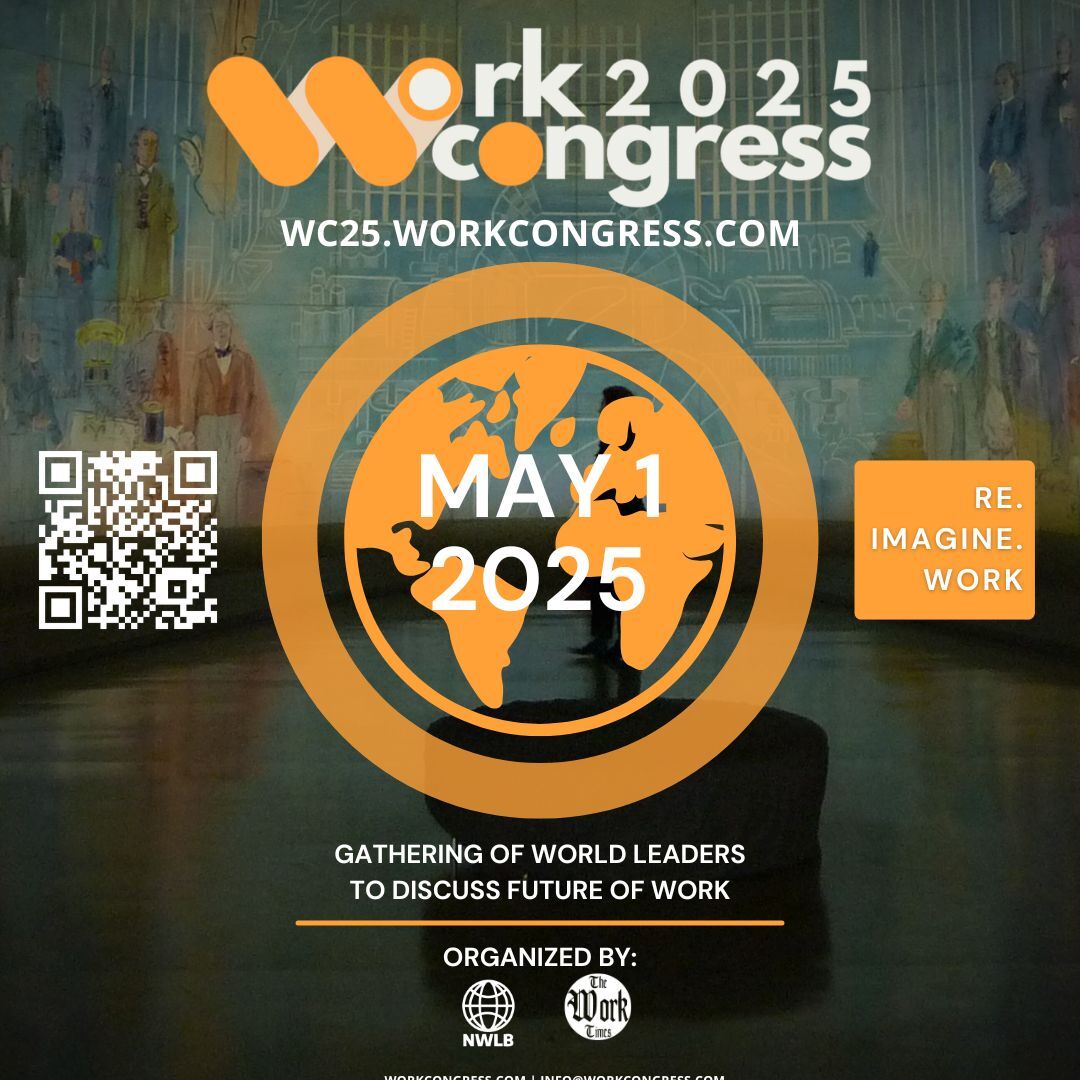Disclaimer: The following is a fictionalized first-person perspective inspired by public comments from NVIDIA’s CEO and is not a direct quote. It is intended as thought leadership for the AI news community.
Beyond the Bubble: Why This AI Surge Is Rooted in Reality
When conversations turn to the meteoric rise of artificial intelligence, skepticism is natural. Markets swing, headlines accelerate, and a chorus of cautionary notes reminds us of prior manias. Yet the reaction I shared in conversation with Bloomberg — that this is not a bubble — isn’t an exercise in posture or public relations. It’s the conclusion you reach when you look at the structural forces that are actually changing how computing, software and industry operate.
The foundational difference: durable demand for compute
Bubbles thrive on ideas untethered from long-term demand; durable growth roots itself in recurring, fundamental needs. AI today is not a thin layer of speculative use cases perched atop a fragile infrastructure. It is a new class of compute-driven productivity that requires sustained investment in datacenters, specialist silicon, software stacks and operational practices.
The largest enterprises are not experimenting with AI as a PR stunt — they are redesigning workflows, automating previously manual tasks, and embedding models into products and services that generate measurable revenue and cost savings. Those business outcomes drive capital allocation and procurement cycles measured in years, not weeks. That time horizon matters.
Verticalization and real revenue pathways
If you strip away the media noise, what remains are hundreds of real, commercial pathways: generative assistance embedded into productivity tools, AI-driven discovery in drug development, simulation and design acceleration in manufacturing, personalized customer engagement at scale, and real-time inference in robotics and edge systems. These are not speculative adoptions; they are investments tied to unit economics and operational improvement.
Every industry that integrates AI substantially alters its supply chain, go-to-market model, and cost base. Those are structural changes: when operational efficiency improves, or when a new product capability unlocks demand, capital follows — and stays.
Co-evolution of hardware and software
Specialized acceleration matters because AI does more than run existing software faster — it enables new classes of software. Design of processors, interconnects and memory hierarchies has become inseparable from model architecture and systems software. This hardware-software co-design produces compounding improvements in performance and energy efficiency, creating economic defensibility that lasts beyond a short-term hype cycle.
That co-evolution has also seeded a vibrant ecosystem: tooling, frameworks, optimized libraries, and operational practices that lower the cost and risk of adoption. This ecosystem reduces friction for newcomers and drives broader, deeper deployment of AI capabilities.
Supply constraints and real capital cycles
Another sign this is not a speculative bubble is the heavy, tangible investment needed to support large-scale AI: fab capacity, packaging, test, specialized boards, datacenter power and cooling — these are physical constraints with long lead times. Demand curves that drive multi-year capital expenditure programs are fundamentally different from the quick infusions of capital seen in purely speculative booms.
When enterprises and cloud providers sign multi-year commitments for compute and services, they are not betting on ephemeral sentiment. They are committing real balance-sheet resources to capacity that will be used to deliver products and services for years to come.
Hype, cycles and realism
All of this is not an argument for unchecked optimism. We live through cycles: periods of euphoric projections followed by sober reassessment. Hype can misallocate capital, create unrealistic timelines, and foster disappointment. That calibration is healthy. Distinguishing between useful skepticism and reflexive dismissal is the responsibility of the community that builds and covers this field.
There are real risks to manage: concentration of compute and data, geopolitical friction around supply chains, energy consumption, robustness and alignment of models, and the societal implications of rapid automation. These issues invite governance, standards, and careful product design — not a denial of the underlying technological and economic reality.
How the industry must act
- Build responsibly: design systems with safety, transparency and auditability in mind. Responsible deployment preserves trust and enables sustainable adoption.
- Invest in infrastructure: the transition to AI-first products requires long-term investments in compute, networking and storage. Expect capital allocation patterns to reflect that reality.
- Drive economic impact: prioritize projects and products that create measurable value — higher productivity, faster discovery cycles, improved customer outcomes.
- Collaborate across boundaries: industry, academia and public institutions each have roles; durable progress comes from shared standards, benchmarks and interoperable systems.
A pragmatic, long-term optimism
Believing this AI boom is not a bubble is not a declaration that every company will win, that every investment will succeed, or that the path will be frictionless. It is a recognition that the movement is underpinned by deep, structural shifts in how computation is used to create value. That creates a long runway for innovation, for winners and for iterative improvement.
For readers of the AI news community: your scrutiny matters. Reporting that separates durable signals from short-lived excitement steers capital and attention toward the initiatives that genuinely change companies and lives. Skepticism keeps the field honest; imagination keeps it moving forward.
Closing
We are at an inflection where compute, data and new algorithms unlock capabilities that were theoretical only a few years ago. This is not merely a re-rating of public sentiment. It is the beginning of a multi-decade reworking of technology stacks and business models. That work is messy, contested and iterative — and it is precisely what distinguishes a structural transformation from a speculative bubble.
The right response is not to declare a verdict from the sidelines, but to engage: build responsibly, measure impact, and hold fast to the discipline that separates transient excitement from sustained change. The era ahead will reward clarity of thought, durability of design and a commitment to real-world outcomes.

